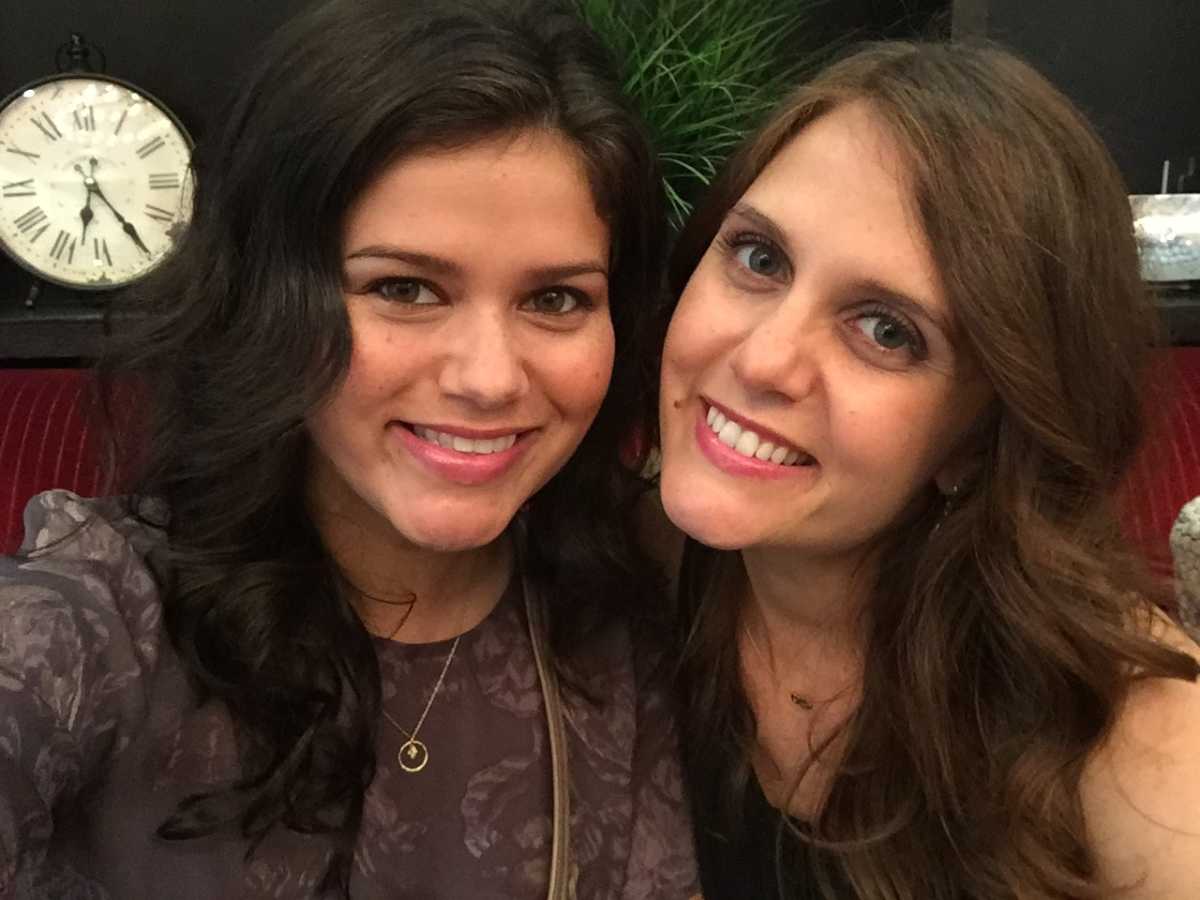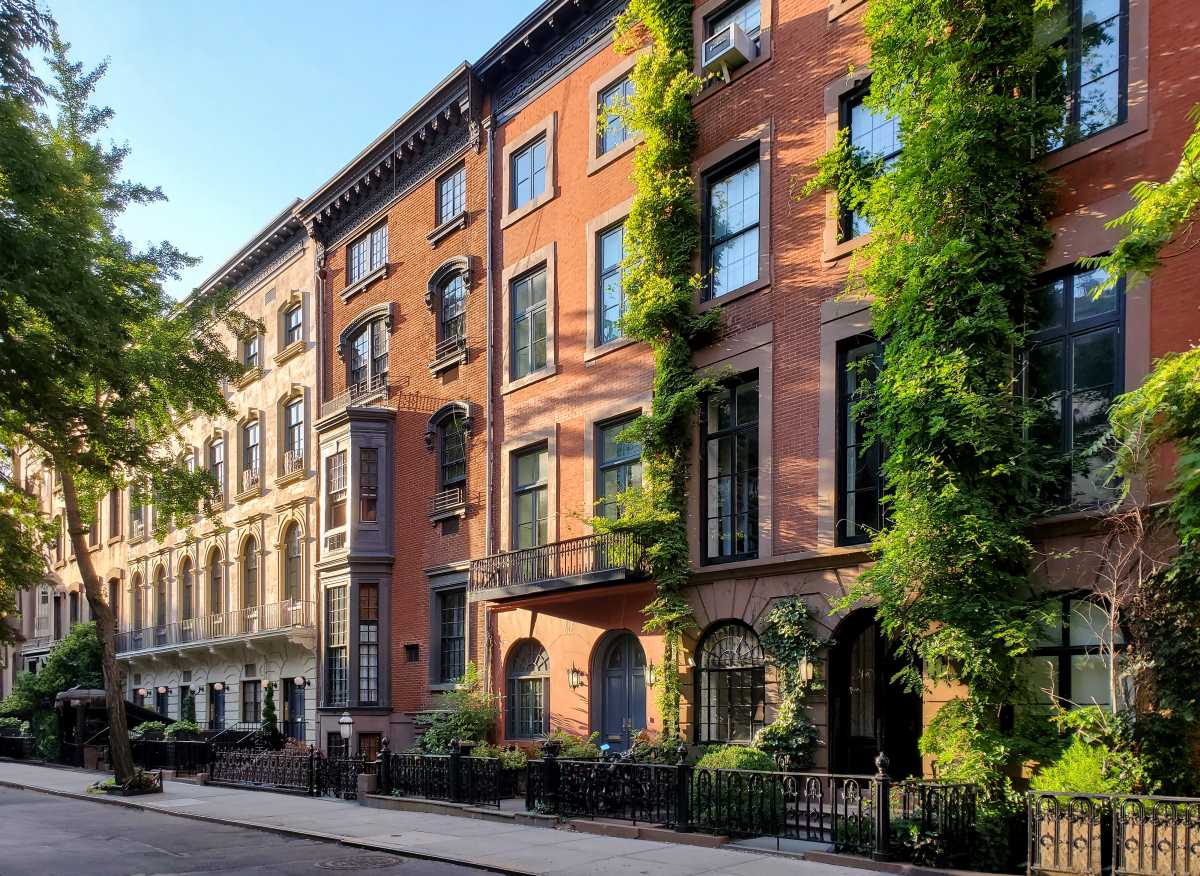By Andrew Berman
It was like deja vu all over again.
A community meeting filled to capacity with residents distressed about a planned new New York University development: “It’s too big;” “You’re taking over our neighborhood;” “You’ve destroyed a piece of our history.” Somehow, I felt as though I’d been through this all before.
It was the recent Community Board 3 Zoning Committee meeting, where plans by N.Y.U. and Hudson Companies to build a 26-story dorm at 110 E. 12th St. — the tallest building in the East Village — were discussed. But in many regards, it felt like it could have been 2001, and the subject a planned new student center, or 2002, and a new law school, or 1972, and a new library. Would some things never change?
Well, maybe. N.Y.U. was there, voluntarily, and said they were there to listen and see what concerns the community had about the project before they had a specific plan in place, allowing for the possibility of real community input. They also agreed to a series of meetings with various community groups, neighbors and other stakeholders to listen further. And they made a commitment to preserve the historic St. Ann’s church tower on the site (the rest of the church had already been demolished by the developer before N.Y.U. came on board).
All were good signs. As someone who has not shied away from criticizing N.Y.U., I give them credit for starting their discussions with the community at this point in the process this time around. When N.Y.U. President John Sexton came into office in 2003, he famously opined upon the need to respect the “fragile ecosystem” of the Village, and promised to solicit input from the community early and, “where possible,” integrate this sensitivity into N.Y.U. developments. So, what’s the problem?
Well, plenty — at least, potentially. On E. 12th St., the size of the building the university says they will build is breathtakingly large for this site. At 26 stories, it would be about twice the height of N.Y.U.’s nearby hulking Third Ave. North dorm, and making a lower, squatter building of that massive size might just create a huge monstrous wall along this residential side street. Combine this with N.Y.U.’s penchant for horrible design (the architecture of their nearby Third Ave. dorms has been unfavorably compared with state penitentiaries) and you have a potential recipe for disaster.
A better and more thoughtful process for designing this building than those in the past could solve the bad architecture problem, but a much different approach is needed to solve the building’s biggest problem — its size. N.Y.U.’s ability to build so large here is abetted by a confluence of unfortunate factors: the zoning for the site already allows larger development than is truly appropriate (The Greenwich Village Society for Historic Preservation, C.B. 3 and other community groups are seeking a zoning change for the area to address this.); N.Y.U. gets a small community facility bonus for building a dorm rather than a residence; and air rights were purchased from the neighboring post office, significantly increasing the size of what can be built. As G.V.S.H.P. exposed earlier this year, that sale of air rights by the Postal Service was improperly done, skirting a federal review process intended to protect historic resources. (The Postal Service is now in negotiations with the federal agency for a settlement, but the effect will not be retroactive upon this sale.)
While dealing with issues like the building’s design, height, shadows and quality-of-life impacts will make a difference, unless N.Y.U. is willing to also consider the building’s size, and willing not to utilize every square foot that the zoning, community facilities bonus and post office air rights allow, I fear they will never be able to make things truly right here. And thus far, signs are that N.Y.U. may not be willing to consider such a move.
There’s a broader problem too. N.Y.U.’s continual expansion within the limited confines of the Village means a continual change in the character of the neighborhood; with each expansion, more of our neighborhood becomes the university’s unofficial campus. And though I will be the first to admit that having several excellent institutions in our midst is an essential part of what makes the Village great, these need to remain an ingredient, and not the defining trait.
But N.Y.U. has been unwilling to consider substantial growth elsewhere; though they tout farther-flung facilities in places like the Financial District, these are generally small, temporary way stations, to be closed up when the opportunity comes to relocate to the “main campus” in the Village; their Water St. dorms, for example, will be shut down and its students moved into the new 12th St. facility. In part, this is understandable; universities by their very nature require proximity between facilities, so one can easily travel between dorm, classroom, gym, etc. N.Y.U. will likely never just start siting new facilities outside of the Village on their own because of this need for proximity, even though the increasing expense and unavailability of sites in the Village is undoubtedly a real difficulty for the university.
That is why I believe the only solution is one which G.V.S.H.P. first recommended in a 2002 report following the construction of the Kimmel Center: having the city assist N.Y.U. in establishing a secondary campus, outside of the Village but easily connected by mass transit, where new growth can be absorbed. N.Y.U. had a second campus in the Bronx they sold off in the early 1970s; they actually do have a second campus of sorts for their medical school and hospital in East Midtown. This should serve as a model; N.Y.U.’s multischool system easily lends itself to some separation into different campuses, and as the city seeks to redevelop a whole host of areas — the Financial District, Governors Island, Williamsburg/Greenpoint, Long Island City and Downtown Brooklyn, for example — opportunities to establish appropriate second homes for N.Y.U. should be seized.
Whether it is the E. 12th St. dorm or their long-term plans, N.Y.U. must realize that they cannot simply fiddle at the margins to solve the conflict between the community and their ongoing expansion. On the 12th St. dorm, they must deal with the elephant in the room that they all too often seek to avoid — reducing the bulk and size of the building. And looking ahead, they must recognize the need to find new locations outside of the already-saturated Village, Noho and East Village if they are to expand. Otherwise, we’ll all just keep having that feeling of deja vu, over and over and over again.
Berman is executive director, Greenwich Village Society for Historic Preservation
N.Y.U. will be holding a town hall meeting on development and other issues on Mon. Dec. 19 at 6 p.m. in Jurow Hall, N.Y.U. Silver Building, 100 Washington Square East.





































